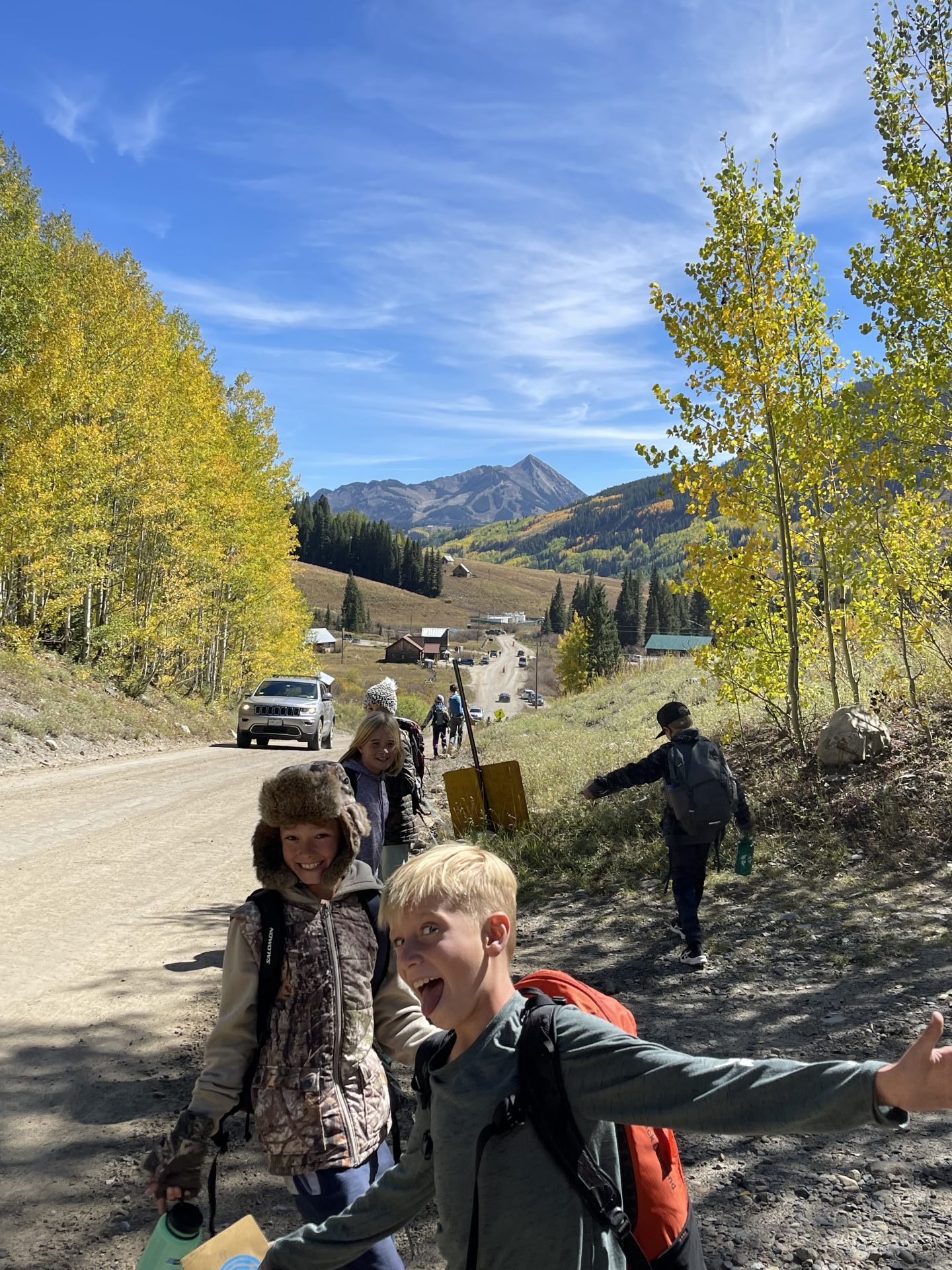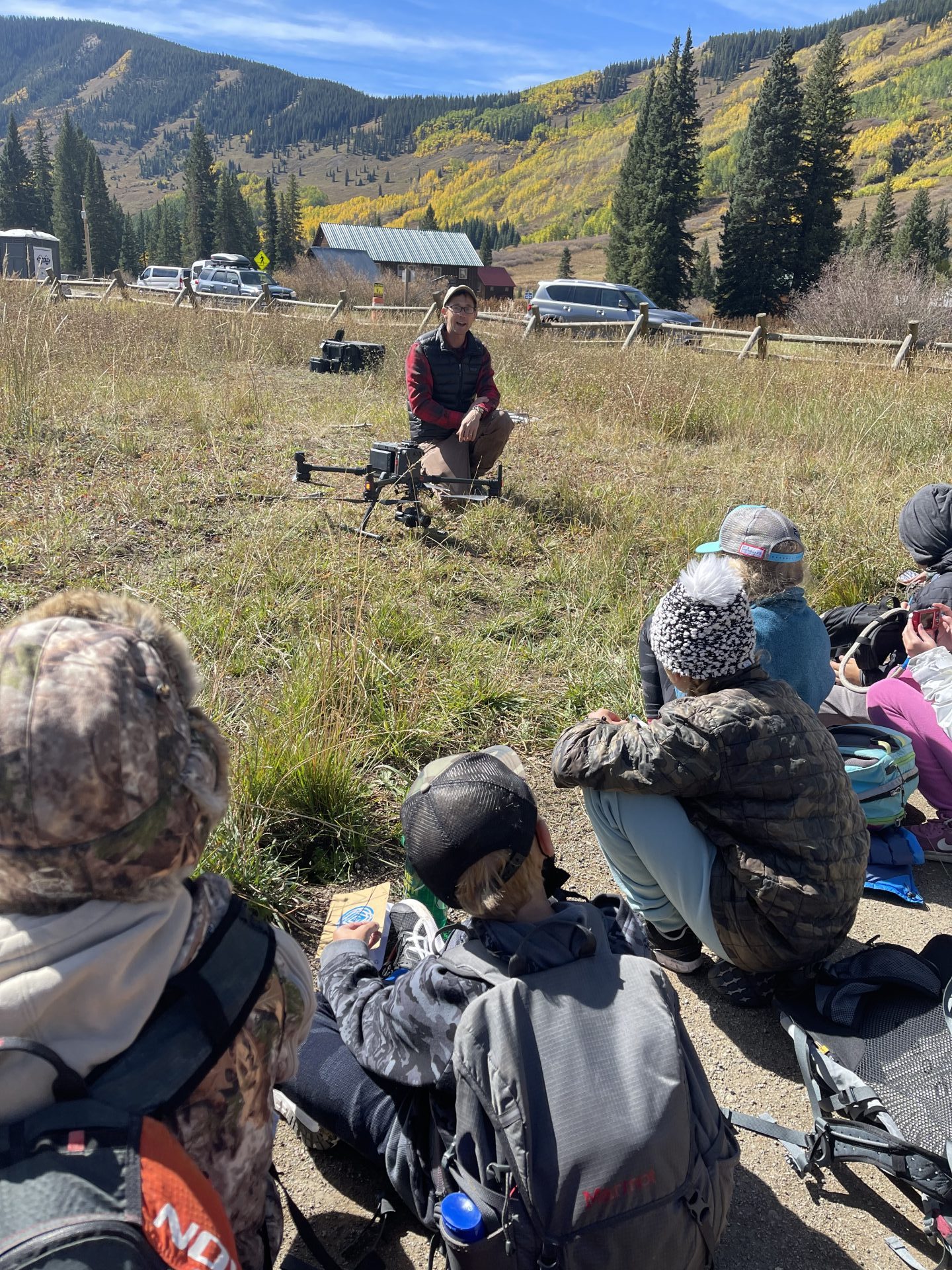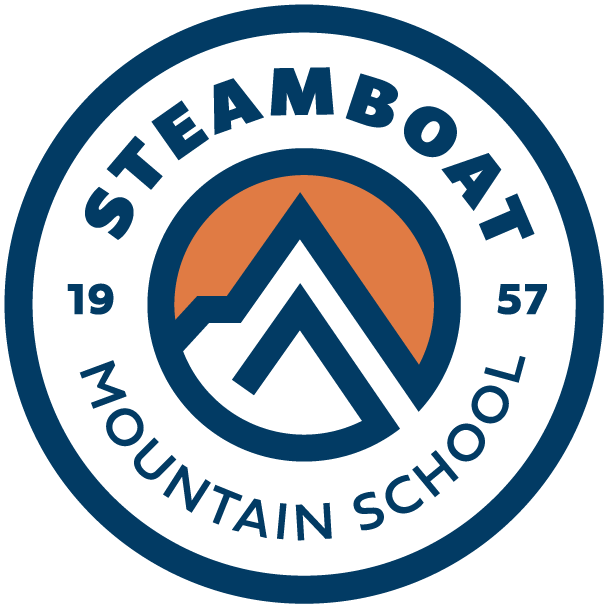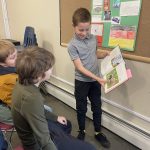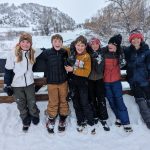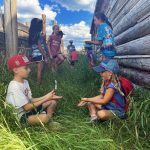Are you ready to RMBL?
Emerald Connection, October 4th, 2021
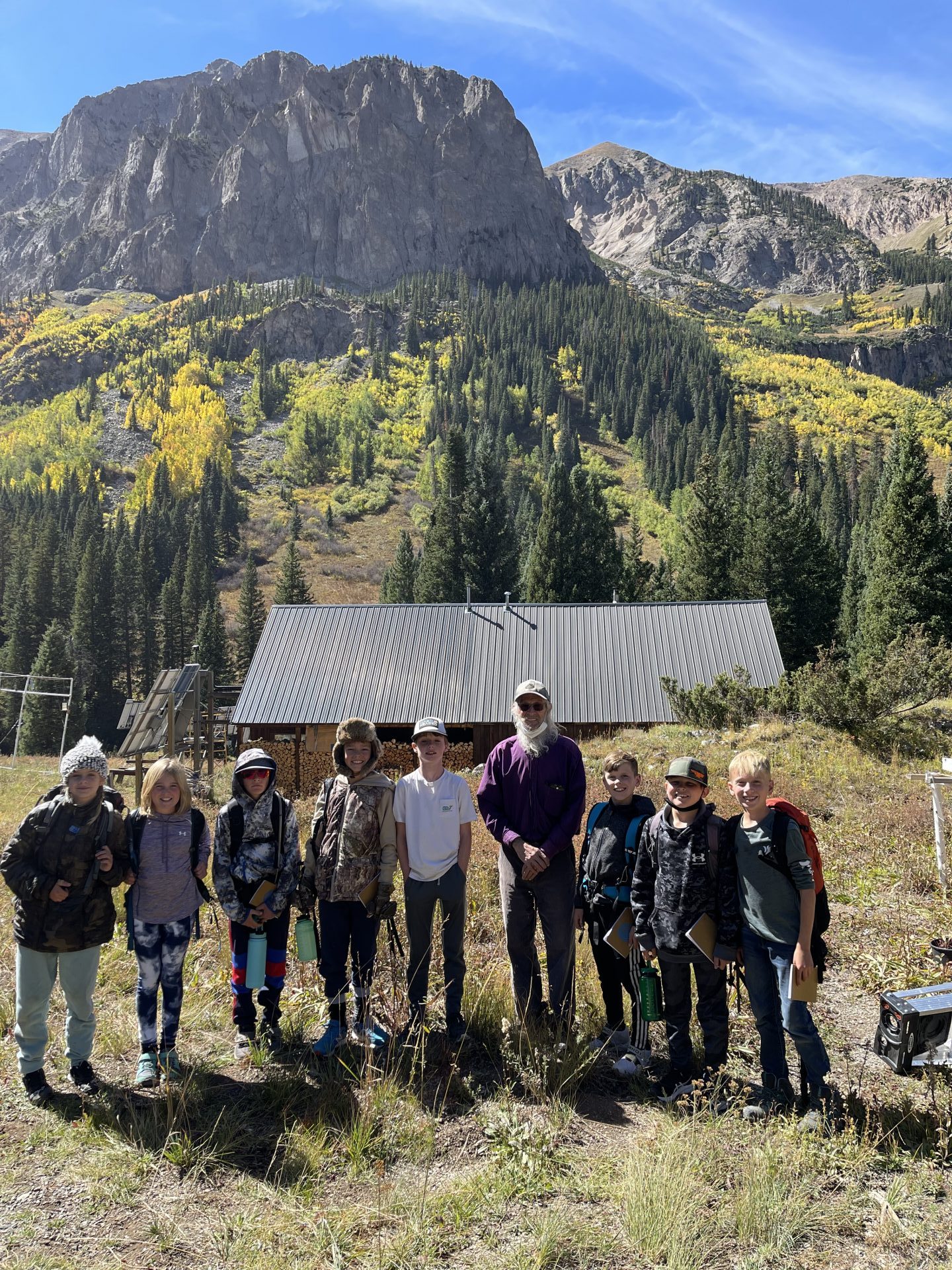 Last week, the 5th and 6th graders ventured to Crested Butte for a second consecutive year of science in the field, hosted by World Leadership School and supplemented by EMS faculty. This year, they camped at approximately 9,000 feet amid spectacular scenery, braved freezing temperatures at night, and awoke to fall foliage and a wealth of engaging activities. WLS has access to the RMB Lab above Crested Butte, which is protected under a conservation easement with Colorado Open Lands and allows scientists and students to convene for remote ecological research on 270 acres away from development. SMS students practiced scientific methodologies in the field under the guidance of established academic mentors. They visited plots to measure phenology (the study of change), portions of land designated for the collection specific data for particular research and handed down over several generations of family members who continue the projects across multi-year studies. Once more, the students consulted with the timeless billy barr (whose name is in lower case since, as he declares, he is “not a capitalist”) who has been conducting research on snow science and weather data for over forty years. Using their field journals, students likewise collected specimens for stonefly larva and water leeches in the East River to examine how the relative prevalence of species indicates water health. A highlight of the trip was certainly “Project Sail.” Monitoring atmospheric conditions, the months-long project actually started in Steamboat Springs and its instruments have travelled to numerous sites around the world before landing in the Butte. Students helped launch a weather balloon, which reached an altitude of 100,000 feet and expanded to the size of two tractor trailers before sending back data, which the students witnessed in live time as it was recorded on computers accessible by scientists at NASA and Los Alamos.
Last week, the 5th and 6th graders ventured to Crested Butte for a second consecutive year of science in the field, hosted by World Leadership School and supplemented by EMS faculty. This year, they camped at approximately 9,000 feet amid spectacular scenery, braved freezing temperatures at night, and awoke to fall foliage and a wealth of engaging activities. WLS has access to the RMB Lab above Crested Butte, which is protected under a conservation easement with Colorado Open Lands and allows scientists and students to convene for remote ecological research on 270 acres away from development. SMS students practiced scientific methodologies in the field under the guidance of established academic mentors. They visited plots to measure phenology (the study of change), portions of land designated for the collection specific data for particular research and handed down over several generations of family members who continue the projects across multi-year studies. Once more, the students consulted with the timeless billy barr (whose name is in lower case since, as he declares, he is “not a capitalist”) who has been conducting research on snow science and weather data for over forty years. Using their field journals, students likewise collected specimens for stonefly larva and water leeches in the East River to examine how the relative prevalence of species indicates water health. A highlight of the trip was certainly “Project Sail.” Monitoring atmospheric conditions, the months-long project actually started in Steamboat Springs and its instruments have travelled to numerous sites around the world before landing in the Butte. Students helped launch a weather balloon, which reached an altitude of 100,000 feet and expanded to the size of two tractor trailers before sending back data, which the students witnessed in live time as it was recorded on computers accessible by scientists at NASA and Los Alamos. 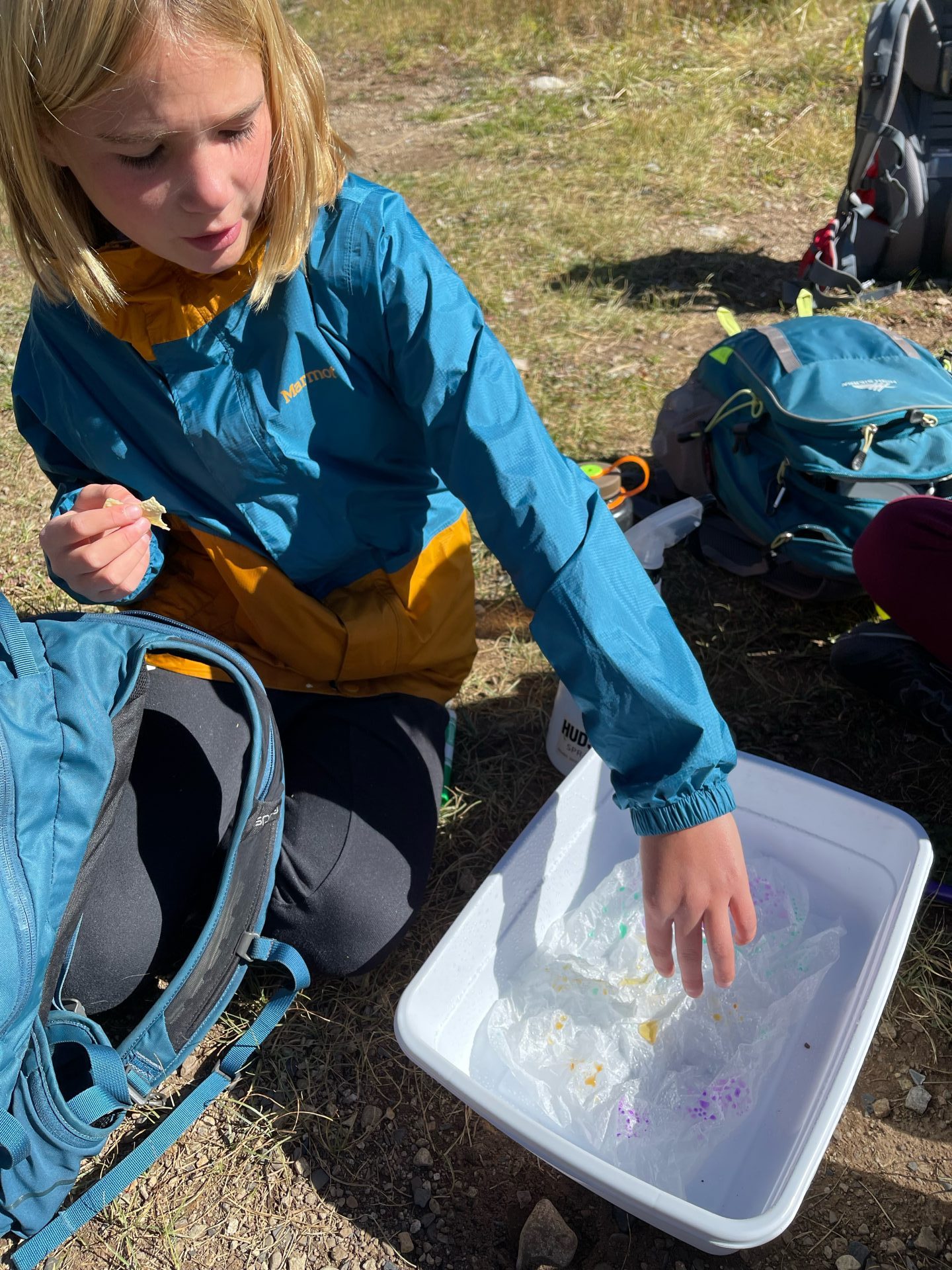 As Doug aptly summarized of the entire trip, “The place is amazing. It’s much less a science camp than it is a working biological lab – the real thing. As someone who has studied Science, I think it’s cool that kids are seeing this sort of information and have access at their age. I didn’t do any of this stuff until I was in grad school. The questions the students asked were impressive to the scientists on site, and the kids reacted well to real-world, high stakes.”
As Doug aptly summarized of the entire trip, “The place is amazing. It’s much less a science camp than it is a working biological lab – the real thing. As someone who has studied Science, I think it’s cool that kids are seeing this sort of information and have access at their age. I didn’t do any of this stuff until I was in grad school. The questions the students asked were impressive to the scientists on site, and the kids reacted well to real-world, high stakes.” 